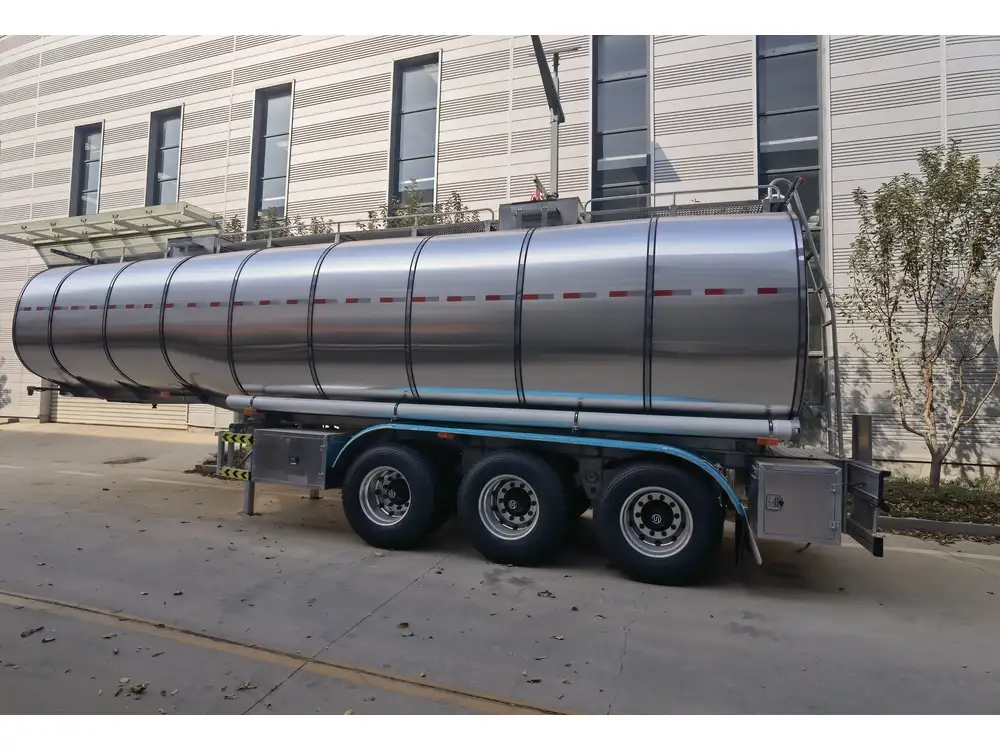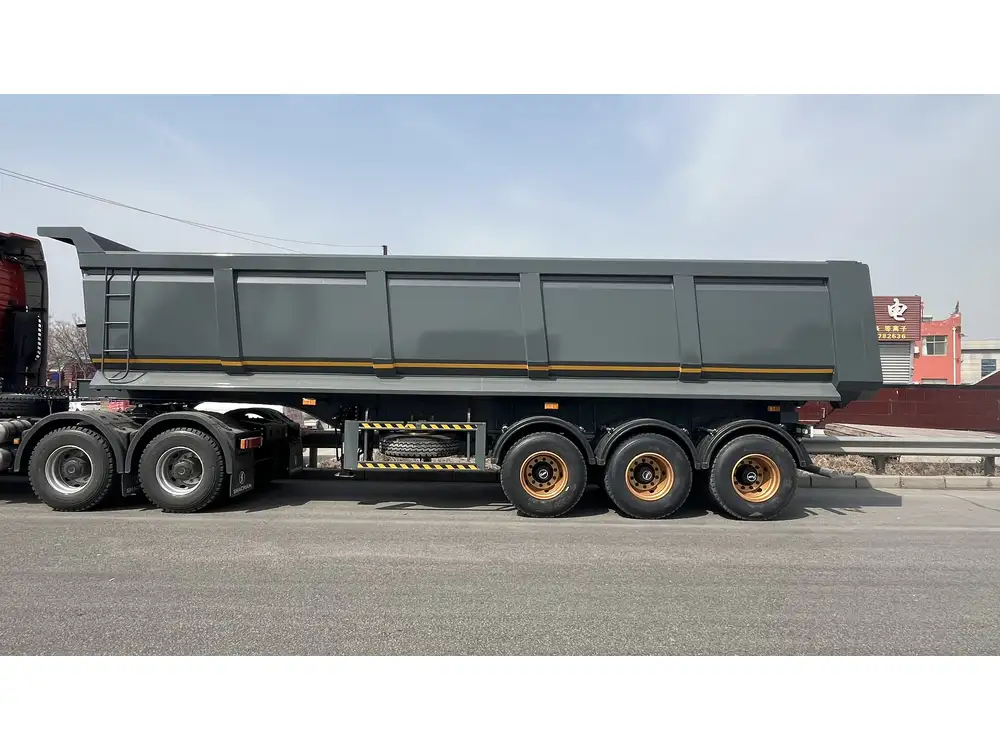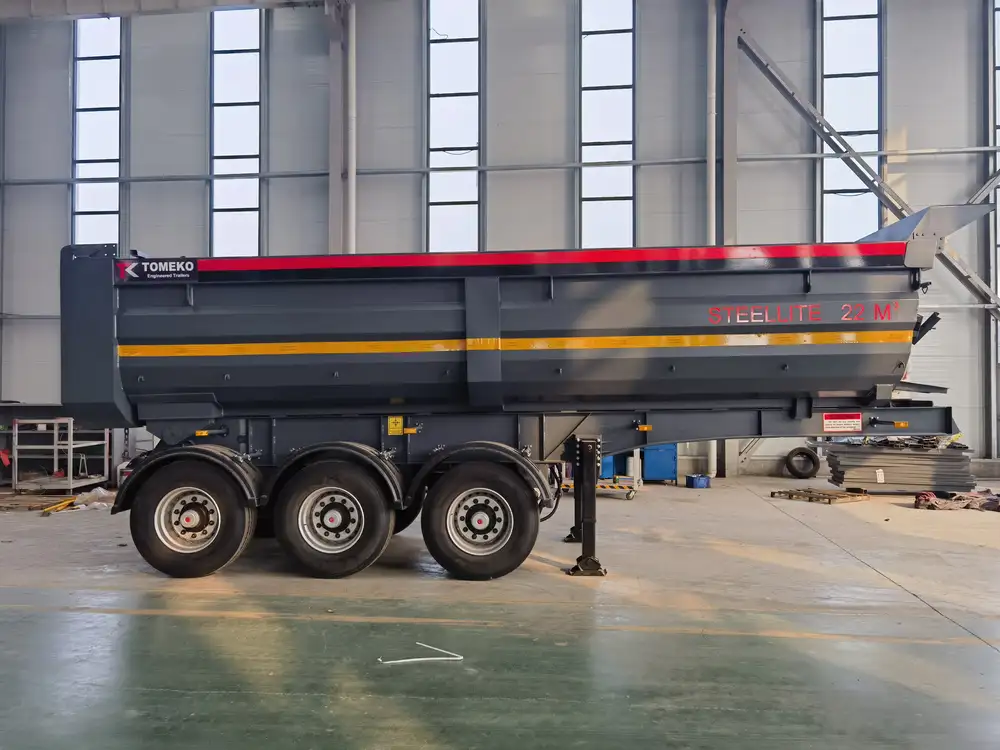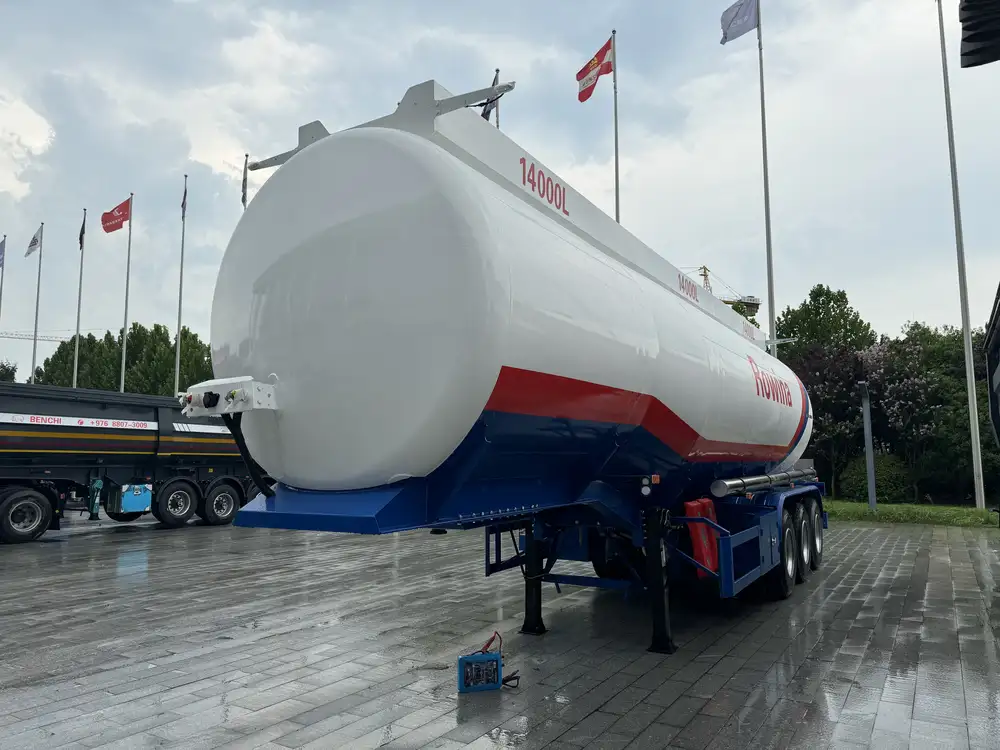Building a tractor dump trailer can be an exciting endeavor, especially for those who require heavy-duty utility for agricultural, landscaping, or construction projects. This guide details every critical aspect of constructing a robust and efficient tractor dump trailer, catering to both novices and seasoned builders. We will explore everything from materials and design considerations to assembly methods and safety practices, ensuring you have the knowledge needed to create a reliable and functional dump trailer.
Understanding Your Needs
Assessing Requirements
Before embarking on the construction of a tractor dump trailer, identify your specific needs. Are you using it primarily for hauling dirt, mulch, gravel, or debris? Answering these questions will help determine the size, capacity, and design features necessary for your trailer.
| Purpose | Recommended Capacity | Design Features |
|---|---|---|
| Landscaping | 1-3 cubic yards | Low sides for easy loading |
| Construction | 3-10 cubic yards | High sides, reinforced floor |
| Agricultural (Farm) | 2-5 cubic yards | Light-weight, durable materials |

Selecting Materials
Frame Construction
The frame is the foundational element of your trailer, providing strength and stability. Use high-quality steel or aluminum for durability.
- Steel: Offers excellent strength and is cost-effective but can rust. Regular maintenance and painting are essential.
- Aluminum: Lightweight and resistant to corrosion but generally more expensive. Ideal for applications where weight savings matter.
Bed Material
The bed of the trailer must be resilient to wear and tear. Various materials can be used:
- Steel Plates: Durable but heavier; suitable for heavy loads.
- Wood: Natural shock absorber; requires regular treatment for longevity.
- Composite Materials: Lightweight and resistant to decay but may be more costly.

Hydraulic System
For a dump trailer, a hydraulic lift system is essential. Consider investing in:
- Electric Hydraulic Pump: Easier to install with less manual effort.
- Manual Hydraulic Pump: Cost-effective but requires more physical labor.
Designing the Trailer
Key Dimensions
Determine the key dimensions based on your needs and the size of your tractor. Typical dimensions may include:
- Length: 8-12 feet
- Width: 5-6 feet
- Height: Sides typically range from 12-24 inches, depending on the use.

Stability and Axle Placement
Proper axle placement is crucial for stability during transportation:
- Single Axle: More cost-effective but less stable with heavier loads.
- Tandem Axles: Improved stability and weight distribution, ideal for confining heavy loads.
| Axle Type | Load Capacity | Advantages | Disadvantages |
|---|---|---|---|
| Single Axle | Up to 3,500 lbs | Cost-effective, easy maneuverability | Less stable with heavy loads |
| Tandem Axle | Up to 7,000 lbs | Greater stability and capacity | Higher cost, more complex install |
Step-by-Step Construction Process
Step 1: Gather Tools
Equip yourself with essential tools for the build:
- Welding machine
- Angle grinder
- Drill and drill bits
- Wrenches and sockets
- Measuring tape
- Safety gear (gloves, goggles)

Step 2: Build the Frame
- Cut the Steel/Aluminum: Based on your pre-determined dimensions.
- Weld Materials: Connect beams to form a rectangular frame. Ensure all corners are properly fitted and reinforced.
- Attach Cross Bracing: To prevent flex during loading, add diagonal supports within the frame.
Step 3: Construct the Bed
- Cut the Bed Material: Ensure that it fits perfectly onto the frame.
- Secure the Bed to the Frame: Use bolts or welds to fasten it securely, checking for level installation.
Step 4: Install Axles
- Determine axle placement for weight distribution.
- Secure Axles: Weld or bolt them based on your trailer design.

Step 5: Add Hydraulic System
- Mount the Hydraulic Pump: Place it in a position that allows easy access and maintenance.
- Connect Hydraulic Lines: Ensure they are secure and free from leaks.
Step 6: Install the Sides and Tailgate
- Cut Material for Sides: Use steel or aluminum to create a side structure.
- Attach the Sides to the Bed: This might require welding or bolting, depending on your design.
- Install Tailgate: Optionally, install a lock mechanism for the tailgate to keep loads secure.
Step 7: Final Touches
- Paint or Coat the Trailer: Apply a protective coating to prevent rust and corrosion.
- Install Lights and Reflectors: Ensure you adhere to any local regulations regarding trailer safety.

Safety Considerations
Load Limits
Always adhere to load capacity to prevent axle failure or tipping. Familiarize yourself with your trailer’s specifications to ensure safe operation.
Maintenance
Regular inspections of critical components such as brakes, axles, and the hydraulic system will prolong the life of your trailer. Ensure that:
- Hydraulic fluid levels are checked and replenished as necessary.
- The frame is regularly examined for any signs of wear or structural compromise.

Operational Safety
- Use proper hitching techniques when attaching the trailer to the tractor.
- Always keep reflective markers or lights functional, especially for night-time use.
Customization Options
Additional Features
Consider adding features to enhance functionality:
- Side Extensions: Increase capacity when necessary.
- Adjustable Hitch Height: Compatibility with various tractors.
- Toolbox Storage: For easy access during work.

Enhancements for Efficiency
- Electric Brakes: Increase stopping power, especially useful for heavier loads.
- Ramps: For easy loading and unloading of machinery or equipment.
Troubleshooting Common Issues
Hydraulic Problems
If the hydraulic system is not lifting properly:
- Check for leaks in the hydraulic lines.
- Ensure the hydraulic pump is functioning correctly.

Stability Concerns
If the trailer seems unstable:
- Reassess axle placement; they may need additional support or adjustments.
- Ensure load is evenly distributed across the trailer.
| Problem | Possible Causes | Solution |
|---|---|---|
| Hydraulic lift failure | Leaks or pump malfunction | Inspect lines and pump |
| Unstable trailer | Improper load distribution | Redistribute load evenly |
Conclusion
Building a tractor dump trailer is a fulfilling project that can significantly enhance your operational capabilities, whether for professional or personal use. By following the detailed steps outlined in this comprehensive guide, you will be well-equipped to construct a durable, reliable, and functional trailer tailored to your specific needs. Careful planning, understanding of materials, precise execution, and ongoing maintenance will ensure your trailer serves you well for years to come.
With safety measures and regular inspections in place, the benefits of having a customized tractor dump trailer far outweigh the effort involved in building one. Whether for hauling materials, assisting in landscaping, or transporting heavy equipment, a well-built dump trailer is indeed an invaluable asset in any load management arsenal.



